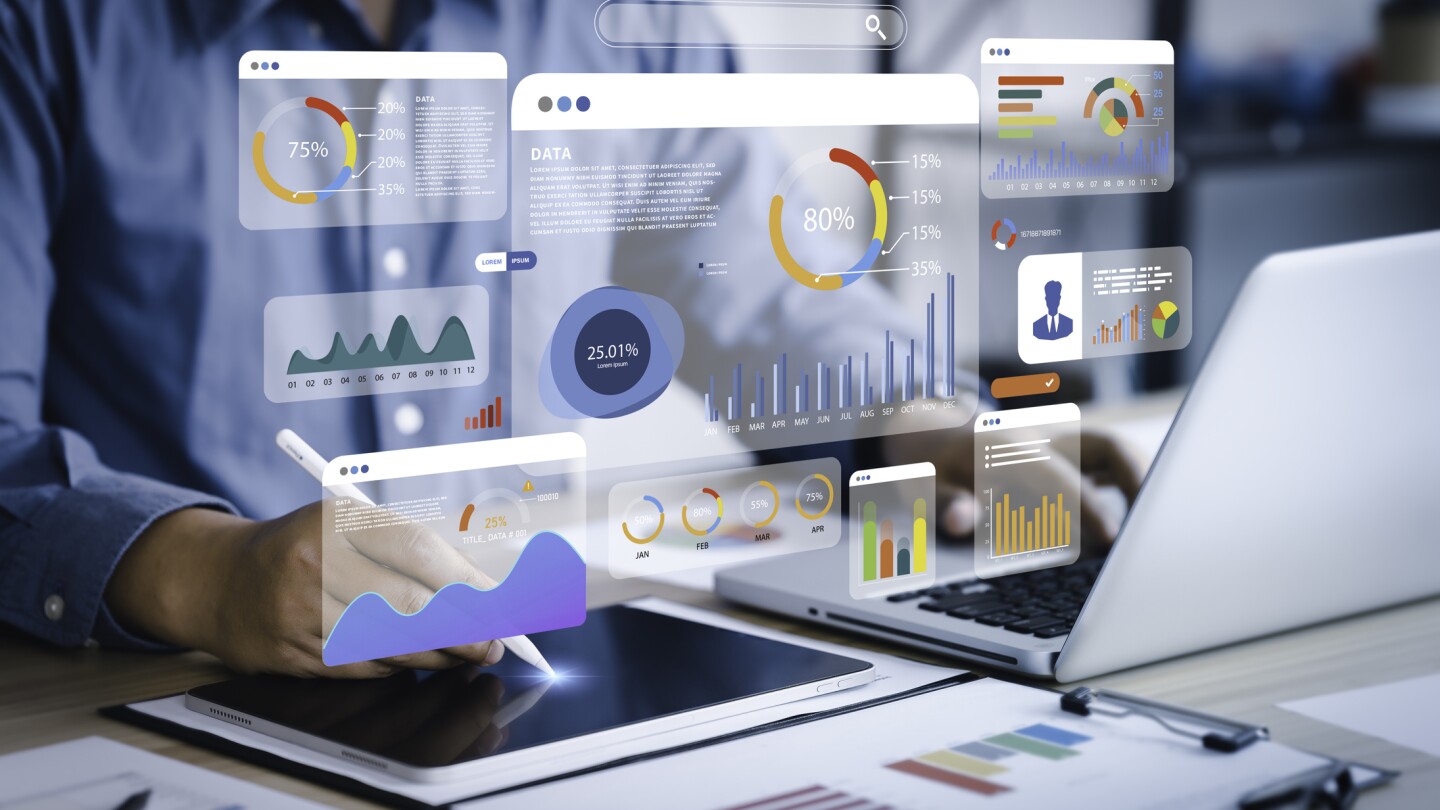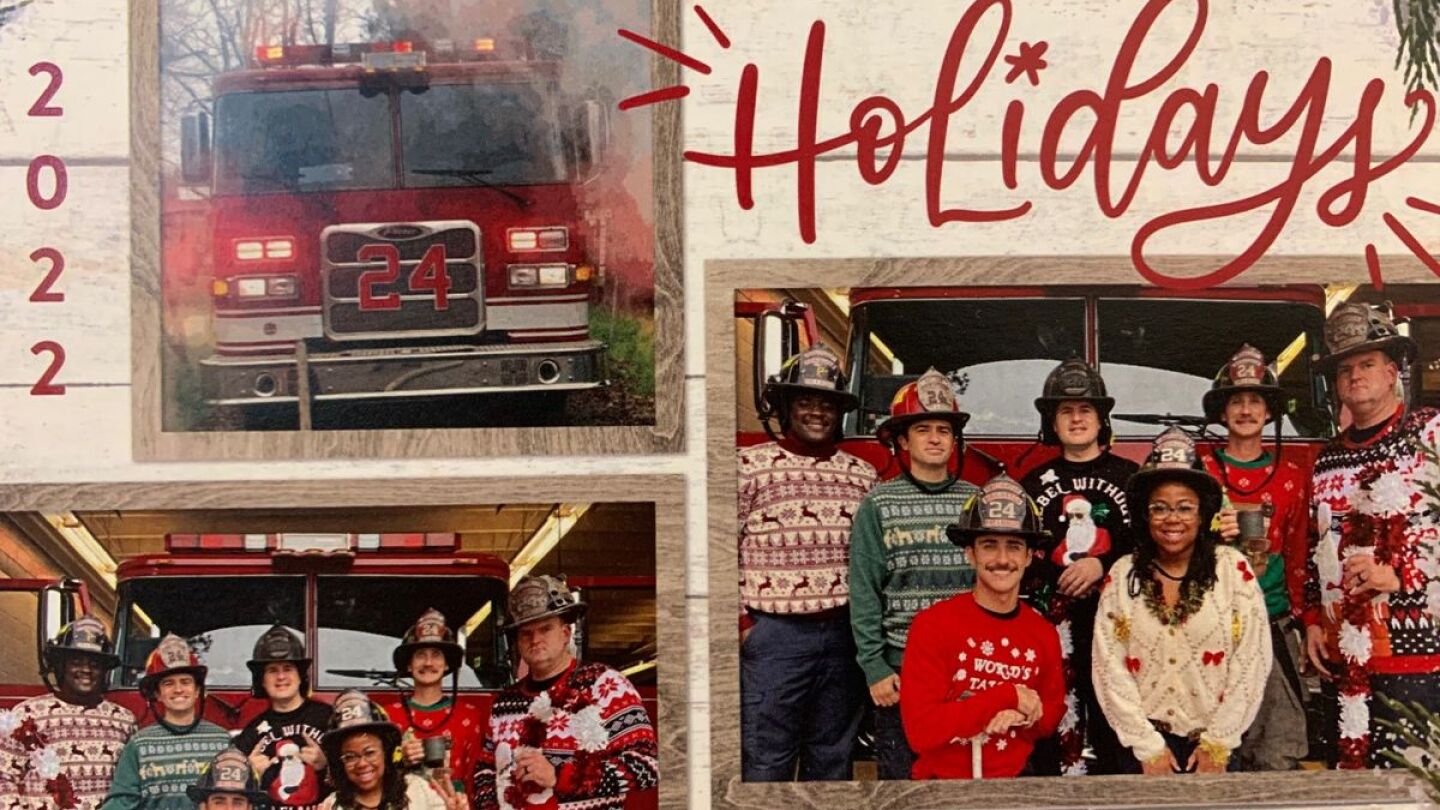Year in Review
Sacramento Fire Captain Keith Wade, once a TikTok skeptic, is now on a mission to show fire service leaders how the app’s reach could be the answer to staffing woes
Know the newest fire- and EMS-related laws
Highlighting the most eye-opening results from the annual state-of-the-industry survey
Remembering the service and sacrifice of those lost this year in service to their communities
Consider what you want to accomplish in the next 12 months and build an actionable framework to achieve it
Recapping the themes that dominated events, headlines and kitchen table conversations, plus tips for how to thrive in 2025
Following a devastating accident, a paramedic shares his profound journey through Maryland’s trauma care system, offering new insights into patient care and recovery
Explore the books fire leaders, FireRescue1 contributors and experts recommend to advance your career, build leadership skills and inspire the next generation
From escaped kangaroos and raccoon invasions to mistaken international rescue calls, these bizarre incidents show that not every emergency is life-or-death
Check out these classic comedy sketches involving firefighters, EMTs and paramedics
We asked FireRescue1 contributors and board members to share the technology they are hoping to use in the year ahead
When gunshots filled the air, Sgt. Joelle Harrell ran in their direction before coming face-to-face with a bloodied Ricky Pearsall, a wide receiver with the San Francisco 49ers
From game-day rescues to chaotic showdowns, these unforgettable events put public safety in the spotlight this year
Chiefs from FDNY, Los Angeles, Atlanta and Charlotte offer lessons from the front lines of past civil unrest
Daily reading will make you a better provider, stronger leader and a more gracious colleague
Honoring the service and selflessness of those we lost this year
U.S. Fire Administrator Dr. Lori Moore-Merrell’s focus on consistent messaging has reached fire service organizations; the next step – firefighters
Major responses, award and honors, conflicts overseas, devastating wildfires and e-Bike blazes made headlines
Detailing the big news of the year
FireRescue1’s newest board members share personal passions and insights about what’s to come in the new year
Highlighting the most eye-opening results from the annual state-of-the-industry survey
First responders went beyond the call of duty, pulling animals from sinkholes, frozen ponds and bear dens
A carnival crisis, cliffhangers, underground escapes and fiery extractions: First responders answered the call in 2023
From Walmart claiming operations made a fire worse to Vanessa Bryant’s $16 million win, these are the stories that stirred discussion this year
Remembering the service, selflessness and sacrifice of those lost this year
Several fundraisers seek to help Harold Baker, who lost 10 family members in the August blaze
Tackling the mixed bag of electric vehicle coverage and whether we need a fire service “reset,” plus what’s ahead for 2023
“The most important part of my life is to help and uplift other people, so there’s no way I can give up now,” says 34-year-old J.C. LaVerde
Part of building crew unity is taking the opportunity to have some fun, but there must be room for training – plus all those EMS calls
MOST POPULAR
- Honoring the memory of firefighters who died in the line of duty in 2024
- 7 of the most bizarre 911 calls of 2024
- Inside politics: Reviewing the actions taken by the 118th Congress and President Biden
- ‘Be strong, Ricky, like when you’re on the field’: An officer’s plea to calm an NFL rookie
- Your strategic plan: It’s time to prepare for the new year































